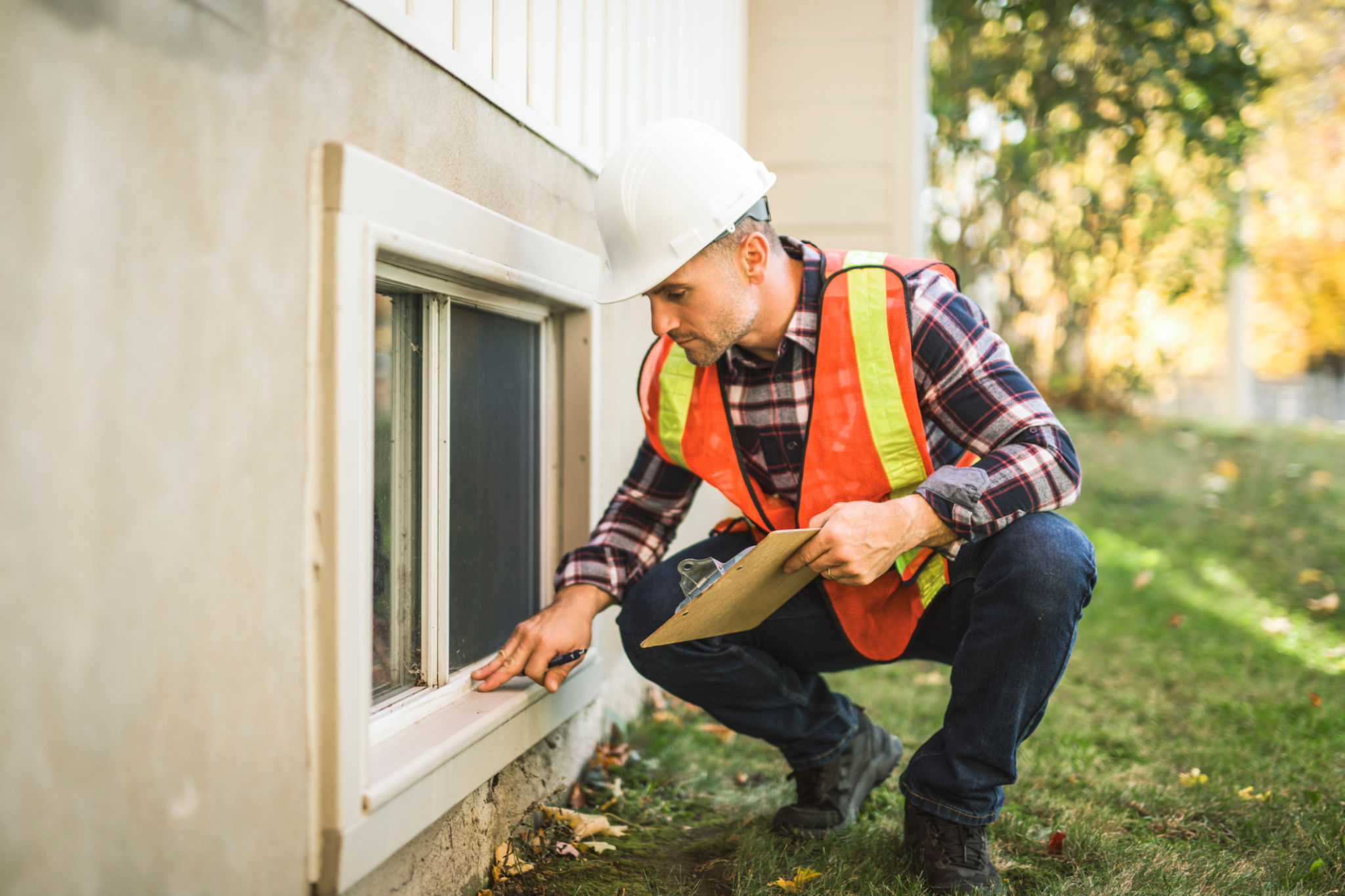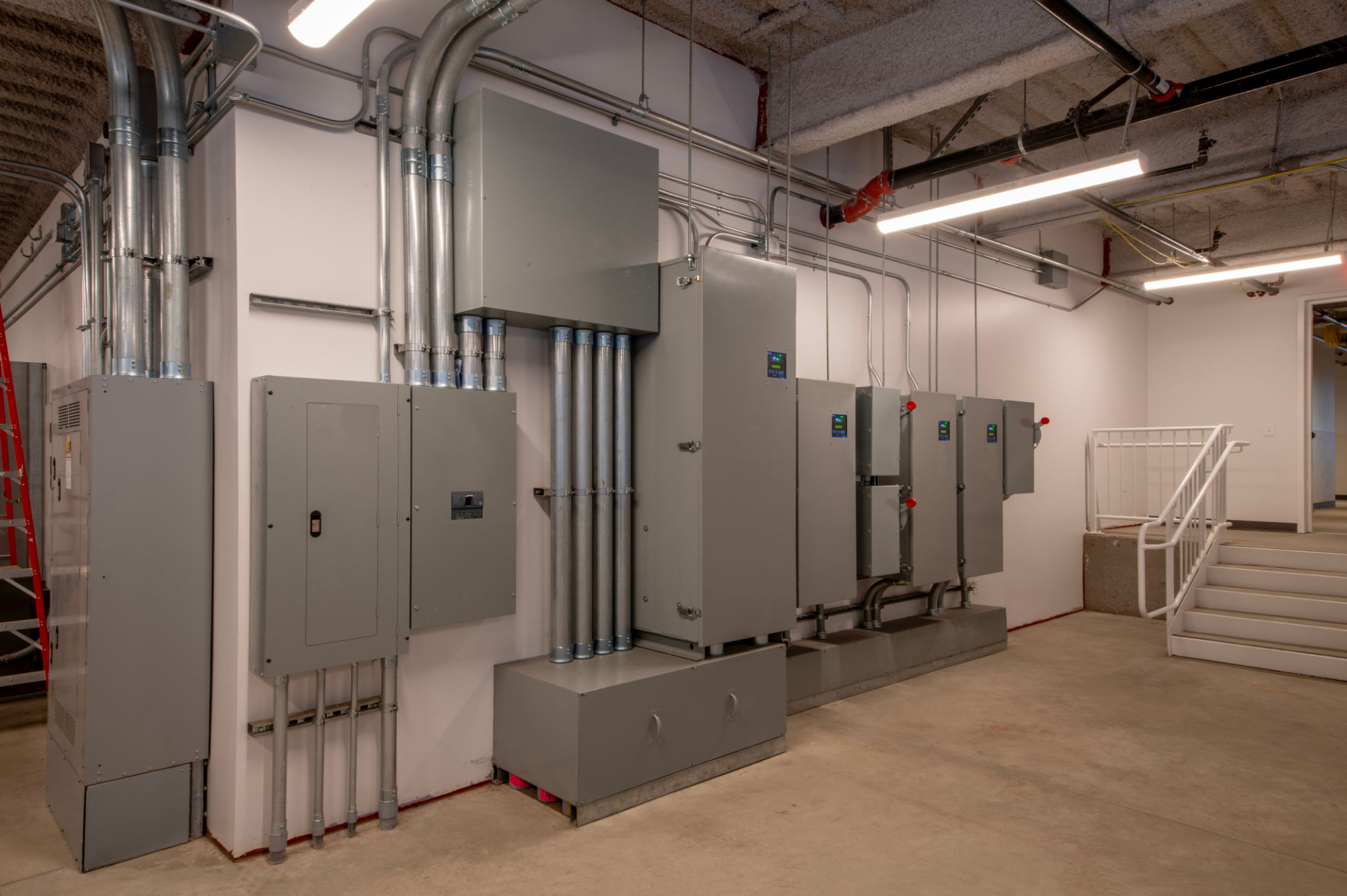DIY Tips: What to Look for Before Calling a Professional Home Inspector
Introduction to DIY Home Inspection
Before calling in a professional home inspector, taking a few DIY steps can save you time and money. Performing an initial check can help you identify potential issues and determine whether professional intervention is necessary. Here are some tips to get you started on your home inspection journey.

Exterior Examination
Begin your inspection by examining the exterior of your home. Look for visible signs of wear and damage. Check the condition of the siding, paint, and other external materials. Pay special attention to areas where different materials meet, as these can be prone to water damage.
Inspect the roof for missing or damaged shingles and ensure that gutters are clean and securely attached. Identifying these issues early can prevent more significant damage down the road.

Foundation and Structural Integrity
Your home's foundation is crucial for its structural integrity. Walk around your property and look for cracks in the foundation or any areas where the ground is settling unevenly. While small cracks can be normal, larger or growing cracks may indicate a serious issue.
Inside your home, check for sloping floors or doors and windows that don’t open or close properly. These could be signs of underlying structural problems that require professional attention.

Plumbing and Water Systems
Water damage can lead to costly repairs, so inspecting your plumbing is essential. Check under sinks for leaks and ensure that faucets and toilets function properly. Look for water stains on ceilings and walls, as these may indicate hidden leaks.
Inspect your water heater for any signs of rust or corrosion. If you notice any unusual noises or leaks, it might be time to call a professional.

Electrical Systems
Ensure that your electrical systems are safe and up to code. Check all outlets and light switches for proper function. If you notice any flickering lights or frequently tripped breakers, it may be a sign of an electrical issue.
Inspect the circuit breaker panel for any signs of damage or corrosion. If you’re unsure about the state of your home’s electrical system, contacting a professional is always a wise choice.

Interior and Insulation
Walk through each room in your house and check for signs of wear and tear. Look for cracks in the walls, peeling paint, or any signs of mold or mildew. Additionally, check the condition of your insulation, especially in the attic, as proper insulation is key to energy efficiency.
If you find areas where insulation is lacking or damaged, consider replacing or adding more to improve your home's comfort and energy efficiency.

Conclusion
By conducting a thorough DIY inspection, you can identify potential issues before they become major problems. While these tips are a great starting point, remember that some situations call for professional expertise. Don’t hesitate to call a certified home inspector if you encounter any issues beyond your skillset. Taking these proactive steps can help ensure your home remains safe and sound.
